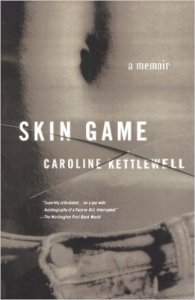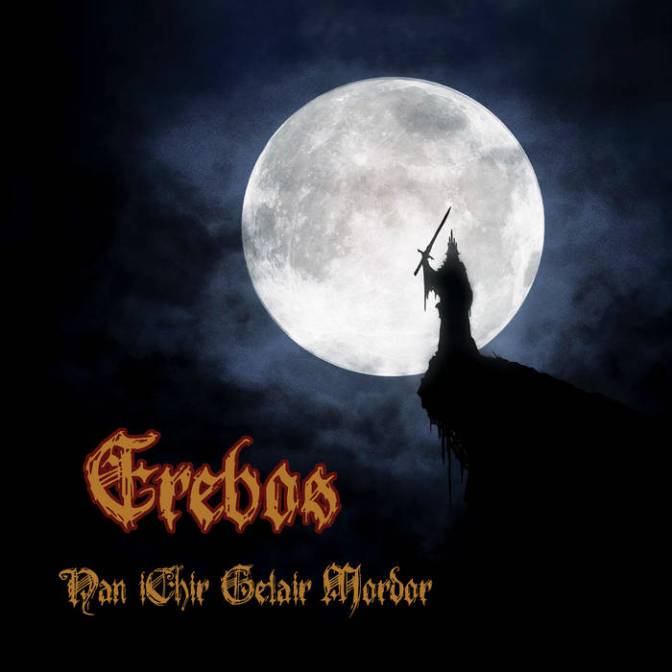Delighted to feature this fantastic author on my blog and give readers an insight into A Head Full Of Ghosts, Disappearance At Devil’s Rock and The Little sleep.
Q&A
I have read and enjoyed both; A Head Full Of Ghosts and Disappearance At Devils Rock. The Little Sleep is also on my book wish list. I was dying to ask the author some questions about his novels and as we say in the UK ‘pick his brains’!
#PickingPaulTremblaysBrains
Q) For the readers can you give a summary of yourself and you novels?
A) Me: I am 6’4, a hopeless New Englander, growing my hair out to a somewhat ludicrous (for me) length, and I hate pickles. My first novel was published in 2009 and my seventh (or six-and-a-half-th novel, as I Floating Boy and the Girl Who Couldn’t Fly was co-written with Stephen Graham Jones) will be out in summer of 2018. I’m married with kids and dog. I still teach high school math by day. What else..I listen to loud music and am still a scardey cat.
Novels? I’ll summarize a smattering of them.
The Little Sleep: A narcoleptic detective in South Boston tries to figure out what the case is that has been dropped in his lap, never mind trying to solve it. Dark hilarity ensues.
A Head Full of Ghosts: A postmodern, sceptical/secular retelling of The Exorcist, with reality TV, and Stephen King said it scared the living hell out of him. If it’s good enough for Uncle Steve, then hey, isn’t it good enough for you? Please!
Disappearance at Devil’s Rock: Not Hardy Boy’s fan fiction. A young teen boy goes mysteriously missing from a state park. Dark, emotional weirdness ensues.
Q) A Head Full Of Ghosts, deals with a theme of mental health. I worked in adult mental health for 10yrs and for this reason, I am usually reluctant to read novels with such a theme. However, your accurate and very sensitive portrayals of mental health made for amazing reading. What was your research process? And how did you get the writing so accurate?
A) Thank you, that’s very kind. I have to admit to not doing a ton of research on the mental health side (other than having read articles here and there over the years), though I did focus on reading about how the Catholic church for centuries conflated symptoms of schizophrenia with proof of possession. I’ve been a high school teacher for a long time and perhaps my experience with teens helped to make Marjorie a believable and (I hope) empathic character. I really wanted people to feel for her even if they were frightened by what was happening around her.
Q) Disappearance At Devils Rock, is a difficult novel to slot into a specific genre. I remember thinking is this crime or horror etc. Not only that, the relationship that unravelled between Tommy and his mother Elizabeth made for heart-breaking reading. What was the inspiration behind this relationship? Did you fully intend to pull some heart strings of the readers?
A) With both A Head Full of Ghosts and Disappearance at Devil’s Rock, I wanted to write the weirdness and the ambiguous (is it really happening or not?) supernatural elements as realistically as possible, or (maybe more properly stated) ground the stories in realism. If the setting and trappings were real, then when things go a little bit off, it helps to further unsettle the reader. I definitely wanted to treat Tommy’s disappearance ring emotionally authentic, which meant focusing on some of the day-to-day minutia, dreariness, and impatience of a search for a missing teen. And I also wanted to make Elizabeth and Kate (mom and younger sister) the heart of that novel.
Q) In Disappearance At Devils rock, you have the theme of child abduction and the mothers desperation seeps from every page. Was this, as a parent yourself difficult to write? Did writing the emotional scenes leave you feeling drained?
A) In previous novels I gleefully took bits and pieces of friends and family (much to my wife’s chagrin, Merry and my daughter have quite a bit in common). With Devil’s Rock, I knew that I’d be writing about a parent’s worst nightmare and so I tried to distance myself somewhat. I made sure Tommy wasn’t my son. He was instead the kid down the street. Sorry, kid down the street…
This might sound weird but I look forward to writing the big emotional scenes (like the fight between Elizabeth and Kate). With all those fireworks and plot turns, I tend to get excited by the prospects and a bit more clinical about it. I found the quieter moments would sneak up on me and a line here or there that I wasn’t expecting would hit me. That said, I did get emotional during a couple scenes toward the end. I don’t want to spoil which ones. Look for the tear stains on the pages. They’re there if you look hard enough. UK editions only. Titan made me cry into ten boxes of books. They told me it was a standard thing over there.
Q) The Little Sleep, is firmly on my wish list due to is epic sounding synopsis. All your plots/ideas are very unique and edgy. What is your secret? Are you influenced by real life events? Do the ideas just drop into your head and you feel compelled to write the story?
A) Every story/book is different. A Head Full of Ghosts was an eureka moment and dropped into my lap almost fully formed when I wasn’t expecting it. Disappearance at Devil’s Rock was a slow and long dig through the dirt until I had the bones of the story in place, but even then, things kept changing.
The Little Sleep….I wrote a stereotypical PI scene with a woman coming into a big city PI’s office, but her case was bizarre. She claimed that someone stole her fingers and replaced them with someone else’s fingers. At first I wanted to play it straight, and make it a SF/Philip K. Dick kind of detective story, but it went nowhere and I put that scene away for almost a year. Then I happened to be reading about narcolepsy and that scene occurred to me and made sense, and it became the first chapter to The Little Sleep.
Q) What is your writing routine? A day in the life of author Paul Tremblay, as such…..
A) It varies and is quite seasonal as the school year’s ebbs and flows affect my output. But when I’m going good on a novel, I aim for 500 words a day. And I’ll edit the previous day (or previous week’s) words before moving on. And then I chip away. I generally write at night now, but I’ll also write in the morning at school, during free periods, or in the car if I’m waiting for one of my kids, or waiting for my son at a baseball clinic with projectiles whizzing by my head. I have no time for rituals and/or getting into the mood. That’s not to say that I don’t procrastinate and spend too much time online, because I do. But have laptop will travel, and the writing that has to get done, gets done somehow.
Otherwise, it’s family life and dog walks and reading (I read at least a book a week) and watching something scary hopefully, and buying another tee shirt I don’t need.
Q) What are your favourite novels of 2017, so far?
A) Victor LaValle’s THE CHANGELING, Dan Chaon’s ILL WILL, Cara Hoffman’s RUNNING. Favorite nonfic: Colin Dickey’s GHOSTLAND: AN AMERICAN HISTORY IN HAUNTED PLACES. Favorite collections: Mariana Enriquez’s THINGS WE LOST IN FIRE, Nadia Bulkin’s SHE SAID DESTROY. Favorite novella: Stephen Graham Jones’s MAPPING THE INTERIOR.
Q) Also favourite novels of all time?
A) Well I have many, but these three I’ve re-read the most: Kurt Vonnegut’s Slaughter-House Five, Shirley Jackson’s WE HAVE ALWAYS LIVED IN THE CASTLE, and Mark Danielewski’s HOUSE OF LEAVES.
Q) Finally, what are you currently working on? Are we allowed any snippets of information about your next novel?
A) I just turned in (working title) THE FOUR to my editor and it’ll be out next summer. It’s my take on a ‘home invasion’ kind of story. So far the early response to it has been very good, so I’m excited.
*Huge thanks to the author Paul Tremblay for agreeing to be part of a Q&A on my blog!





